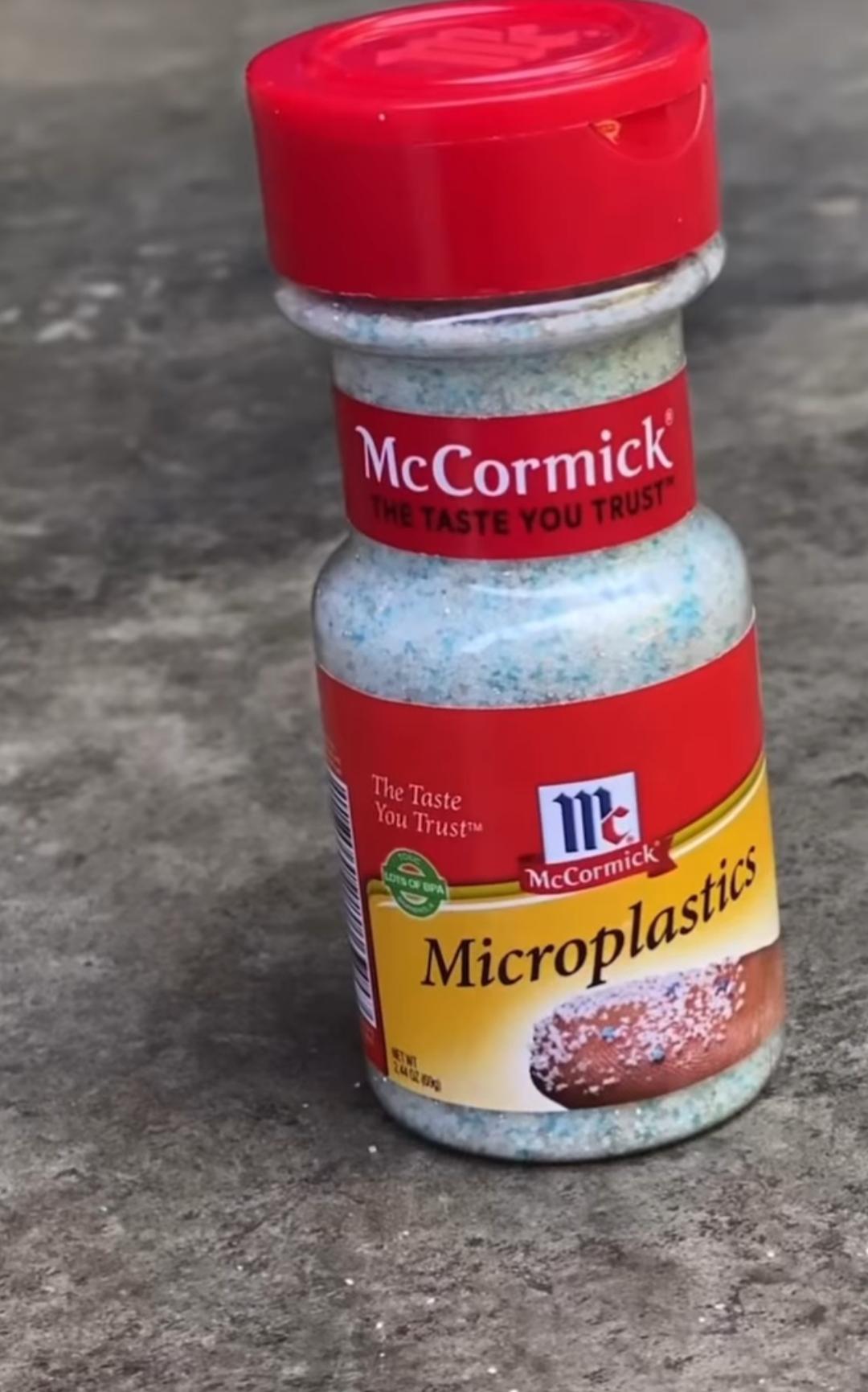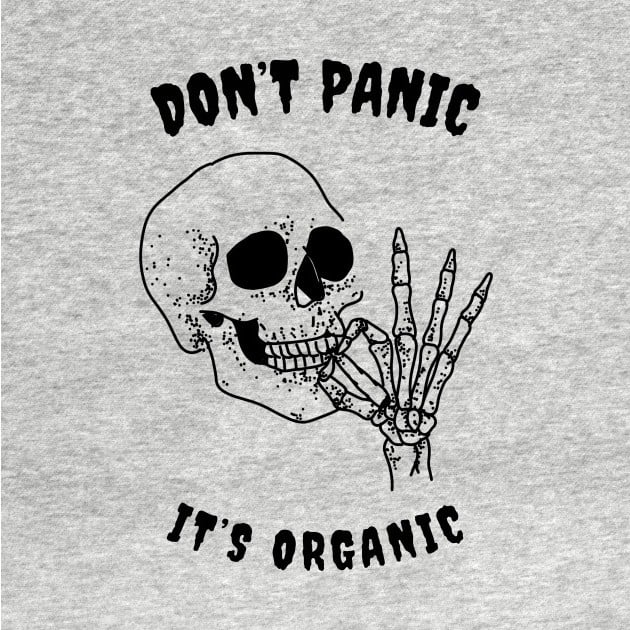It isn’t just seafood that’s loaded with microplastic pollution. In a new study, scientists found microplastics in nearly 90 of sampled meats and meat-like alternatives – including seafood, chicken breasts, beef steaks, tofu, and plant-based burgers.
It’s become well-documented that seafood is often tainted with the presence of microplastics due to the shockingly high quantities of plastic in the planet’s oceans. For instance, a 2017 review found that regular eaters of fish and shellfish could be ingesting up to 11,000 microparticles a year.
However, until now, there’s been relatively little research into the prevalence of plastic in terrestrial protein sources, like beef and chicken.
To pry into the issue, scientists at Ocean Conservancy and the University of Toronto sampled 16 protein types, including highly processed protein products and minimally processed “fresh” products.
Single-use plastics should have been banned 10-15 years ago and we should be phasing out the rest of them now.
Nearly half (44 percent) of the identified microplastics were fibers, while a third (30 percent) were plastic fragments. This is in tune with other studies that have shown plastic fibers from clothes and other textile products are the most prevalent form of microplastic in the environment.
More important than single-use plastics seems to be synthetic clothing.
Quality synthetic clothing is actually great. You can wear the same t-shirt 10 years in a row and it will look and feel like a new one. But cheap ones tend to fall apart faster than cotton variants.
You know what else lasts 10 years? Quality cotton t-shirts.
They don’t really.
Thrift stores throw away most of the clothing they get. $5 shirts on Shein are obviously garbage, but even the stuff sold in malls is basically single use.
Know tons of people who’d rather toss/“donate” something than sew a button back on.
They should have been banned in the early 80’s when we found out how dangerous they are. Humans refuse to be inconvenienced though.
Or there are some megacorps that teach us that so we grow up not even remembering there were any alternatives. Reusable containers were a thing just like paper bags and paper wraps, refills can become a thing one day, but in the supermarket I see individually packed old cucumbers like they are dicks in a condom, and I cringe at the thought they’d be trashed just like that.
That’s why “recycling” is so popular I think. The industry knew that there would be pushes against plastic, and came up with an ingenious way to make you the one “responsible” while also selling you the fairy tale that we could just reuse the stuff forever. People feel good about themselves for putting stuff in the blue bin, without realizing the near certainty that it’s going to end up in the landfill too.
It’s not a question of convenience. Plastics require several magnitudes less energy to produce goods than alternatives like metal, glass and wood. If we stop using plastics today our emissions will sky rocket so high the planet will start boiling.
We need to force governments to recycle better, because a lot of plastics are completely ignored in many countries.
Here’s a quick example. My hobby is 3D printing and I live in the UK. The most common plastic in this hobby is PLA. It is both sustainable and recyclable. But Britain doesn’t recycle it as part of household waste. There are companies here which offer PLA recycling, but they require at least 50L worth of PLA to pick it up from you. I use about 5kg per year, so even if I throw away everything I print, I will need 10 years to fill the recycling order. But since I only want to throw away failed attempts, it will take a lifetime to fill it.
If my council would start using hot composters instead of cold ones I could at least throw my PLA waste into compost with food and it would decrease into lactic acid, but the government doesn’t give a shit, so all my plastic goes into landfill.
The plastic products are generally for convenience. I’m not talking about the production.
Nope.
21st century seasoning

Lmao I’m stealing that
Actually 20th, if the scene from The Graduate was any indication.
… there is no way 10% of our food doesn’t contain microplastics
Ugh, I hate it when my plastic has meat in it.
I fucking hate plastic 🥲
Well stop eating it you dummy 😊
I swear I’m not fat! I just have a lot of microplastics in me.
Yes. Microplastics is slower gray goo.
How is it not 100%? I thought that there wasn’t any source of water on Earth that doesn’t have microplastics.
For years, we got our farmers and hunters where we get our meat, search on your vicinity, it’s not only better, it’s cheaper in the long run. You’ll notice that you’ll eat less meat, but better one. Stop the supermarket overlords.
Microplastics and forever chemicals are going to be a problem to localvores too.
Friend, they’ve found microplastics in fish from the bottom of the ocean. Even if you shoot your own deer, you’ll still be finding microplastics.
@sagrotan @MicroWave
There’s no way wildlife can replace industrial meat. That’s an extinction plan.There are micro plastics in the rain
They should compare meat from cans, from plastic bags and fresh meat…get a live chicken and stab it a few times with a sample core auger. Right? How could we beat torture the animals before we eat them? Grinding them up using plastic bushings makes plastic particles, grinding them using stones makes stone particles. Finally grinding them using carbides and metals leaves carbide and metal particles!
We chew… maybe our methods of animal torture should include calcium carbonate tools, smashers, mushers, cutters, grinders, etc? All particles would then be made of stuff that is good for us.
How high are you?
Crack is vegan.
what?!
I’m also curious if the source is microplastics in live animals or if it’s from processing.
Yes, but also maybe just stop eating animals. I did and it was fine.
Did you read the article? Microplastics are found in plant sources too.t
I didn’t. I’m to old to care. This is a problem for people in their 20s. You guys need to kick the dying dinosaurs from Congress and replace them with people who care.
Hell yeah veg







